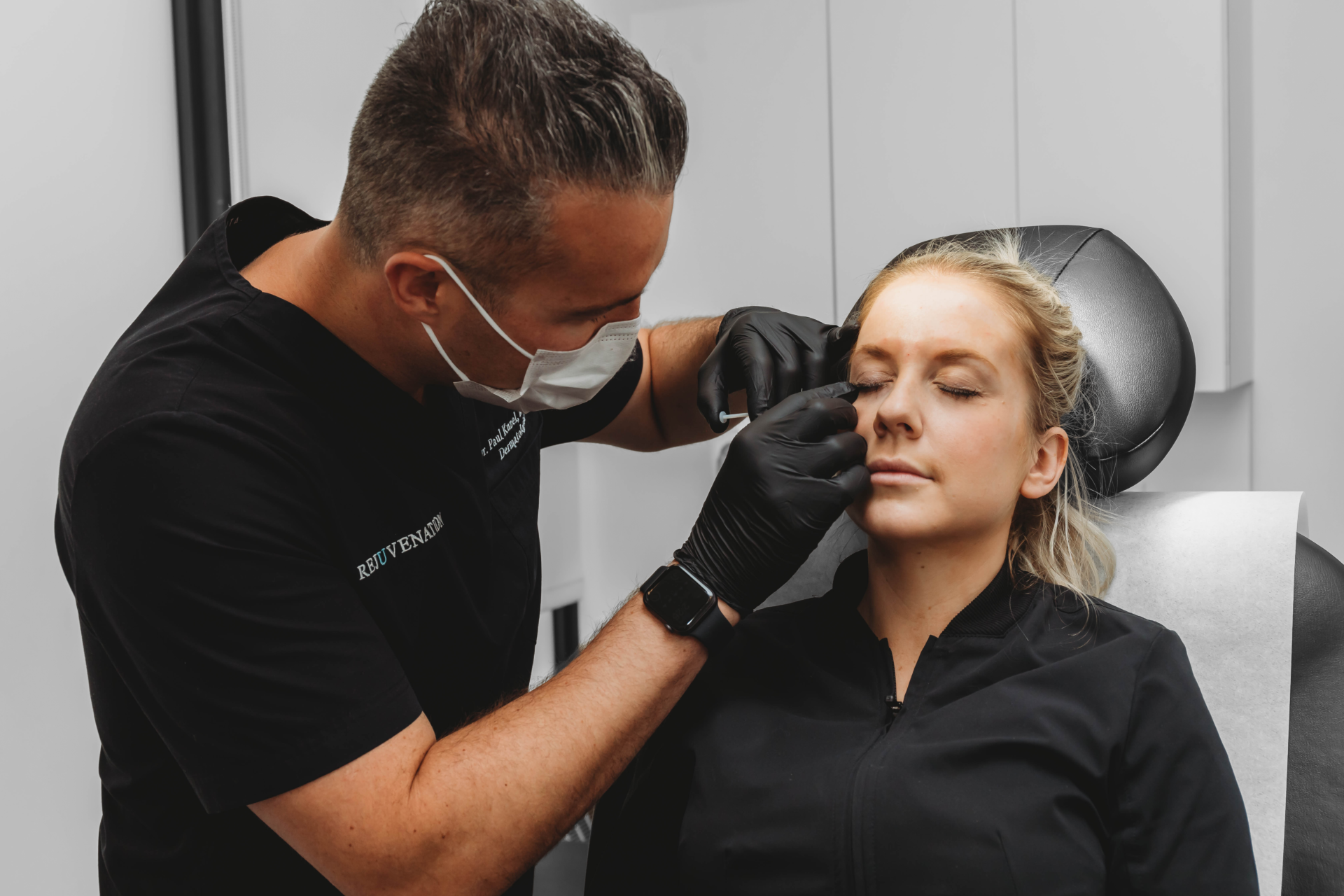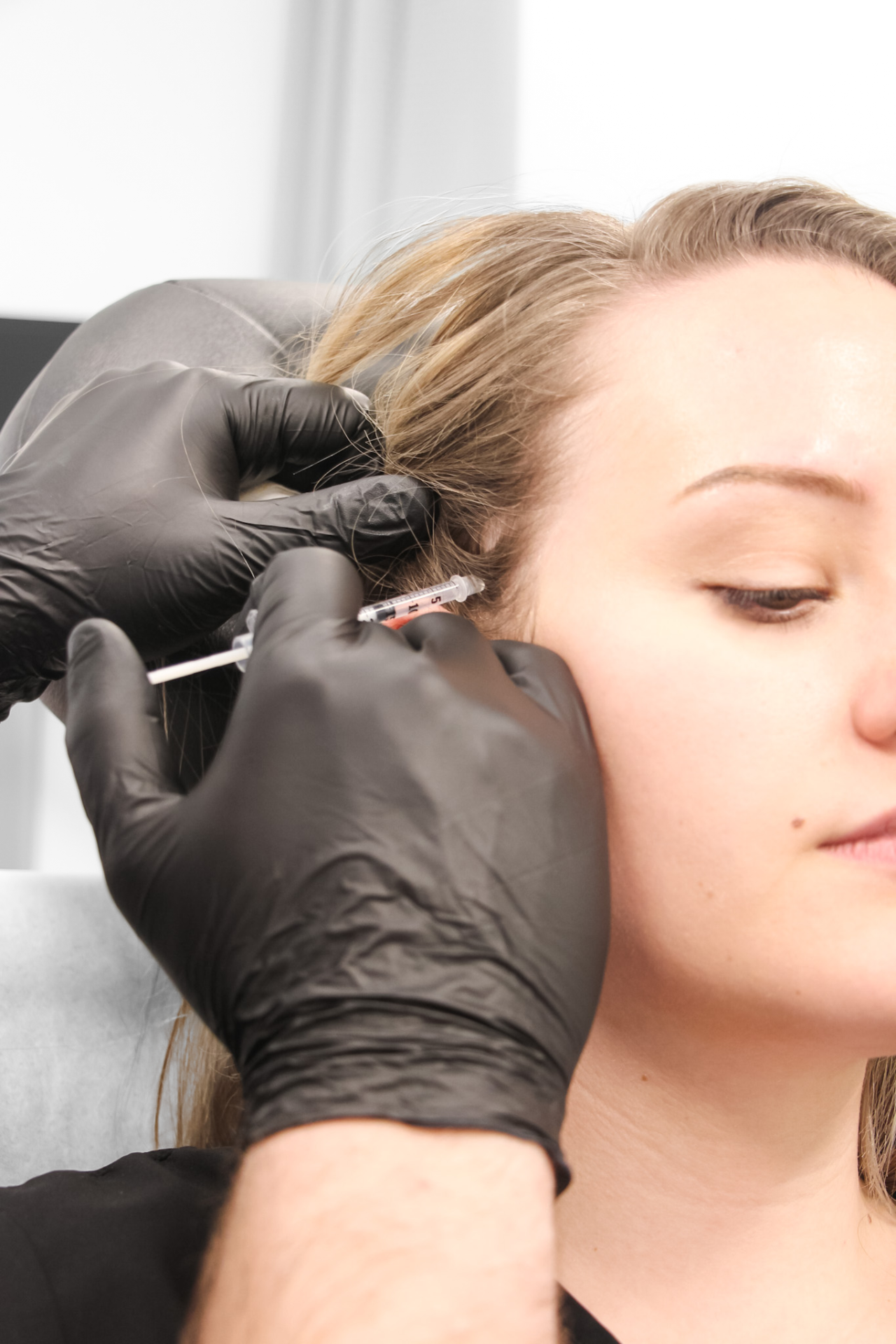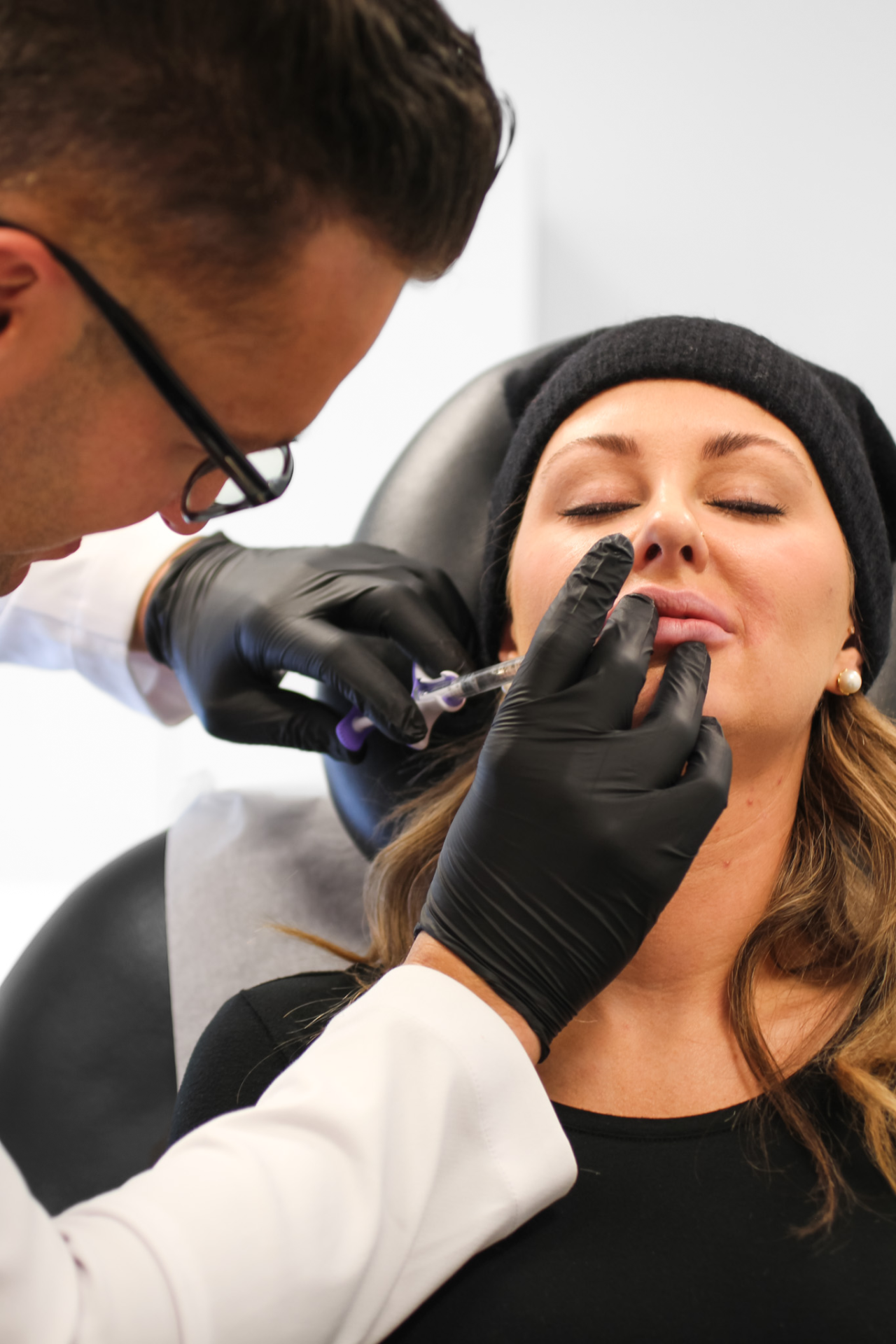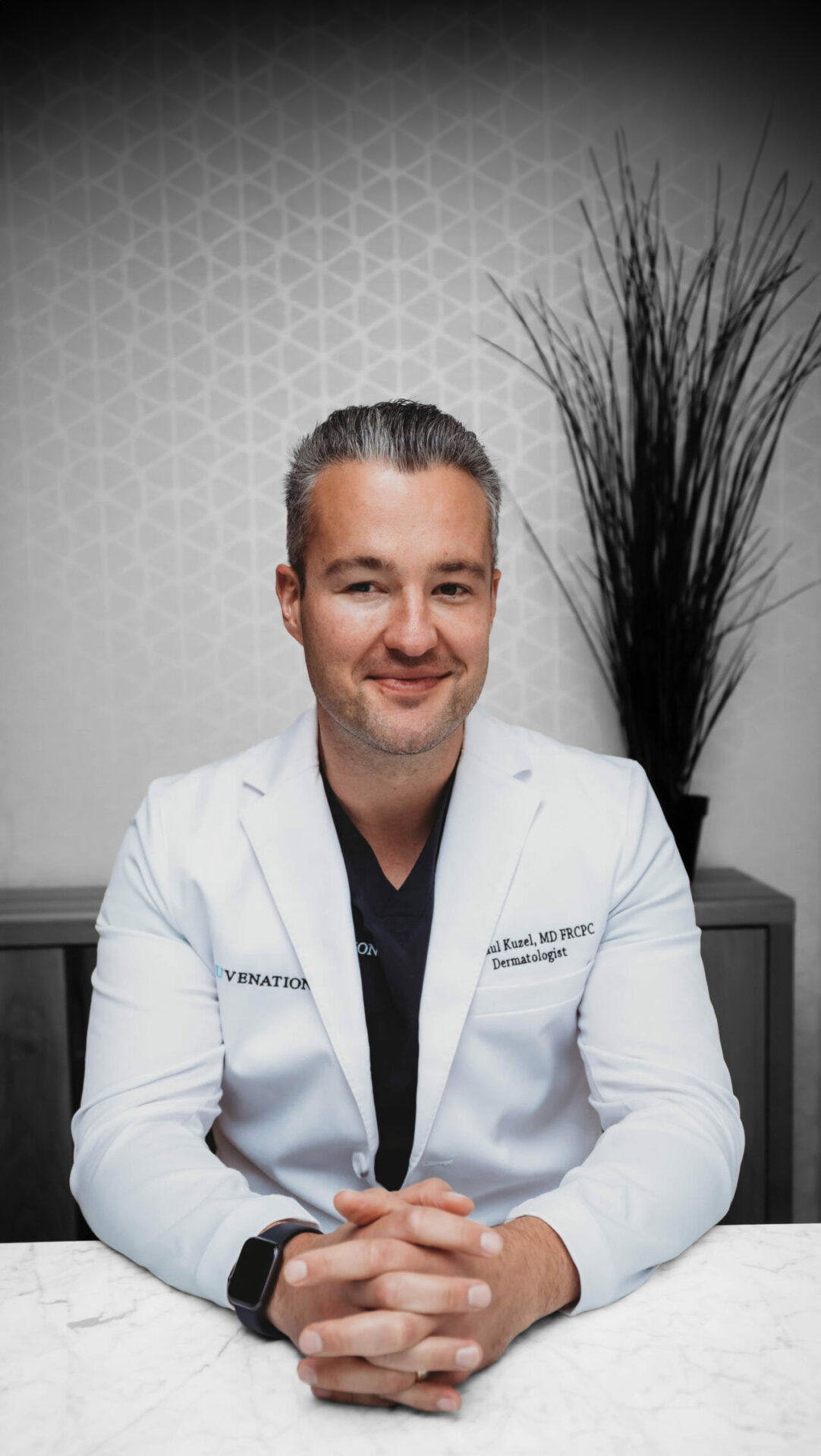
Dr. Paul Kuzel
Botox® is the New Black
Over the years, many new Botox® treatment areas and techniques have been developed for various cosmetic indications.

Dr. Paul Kuzel
Turn Back the Hands of Time with Temple Filler
As we age, our face loses volume in several key and characteristic places due to a complex interplay between our genetics, sun damage, and various environmental factors.

Dr. Paul Kuzel
The Filler Effect
As we age, our face naturally loses subcutaneous fat, causing facial muscles to work closer to the surface of the skin. Facial atrophy exacerbated by the effects of gravity, sun exposure and years of facial muscle movement take their toll on our physical appearance as fine lines, deep folds and volume loss or hollowing become more pronounced in the face.

